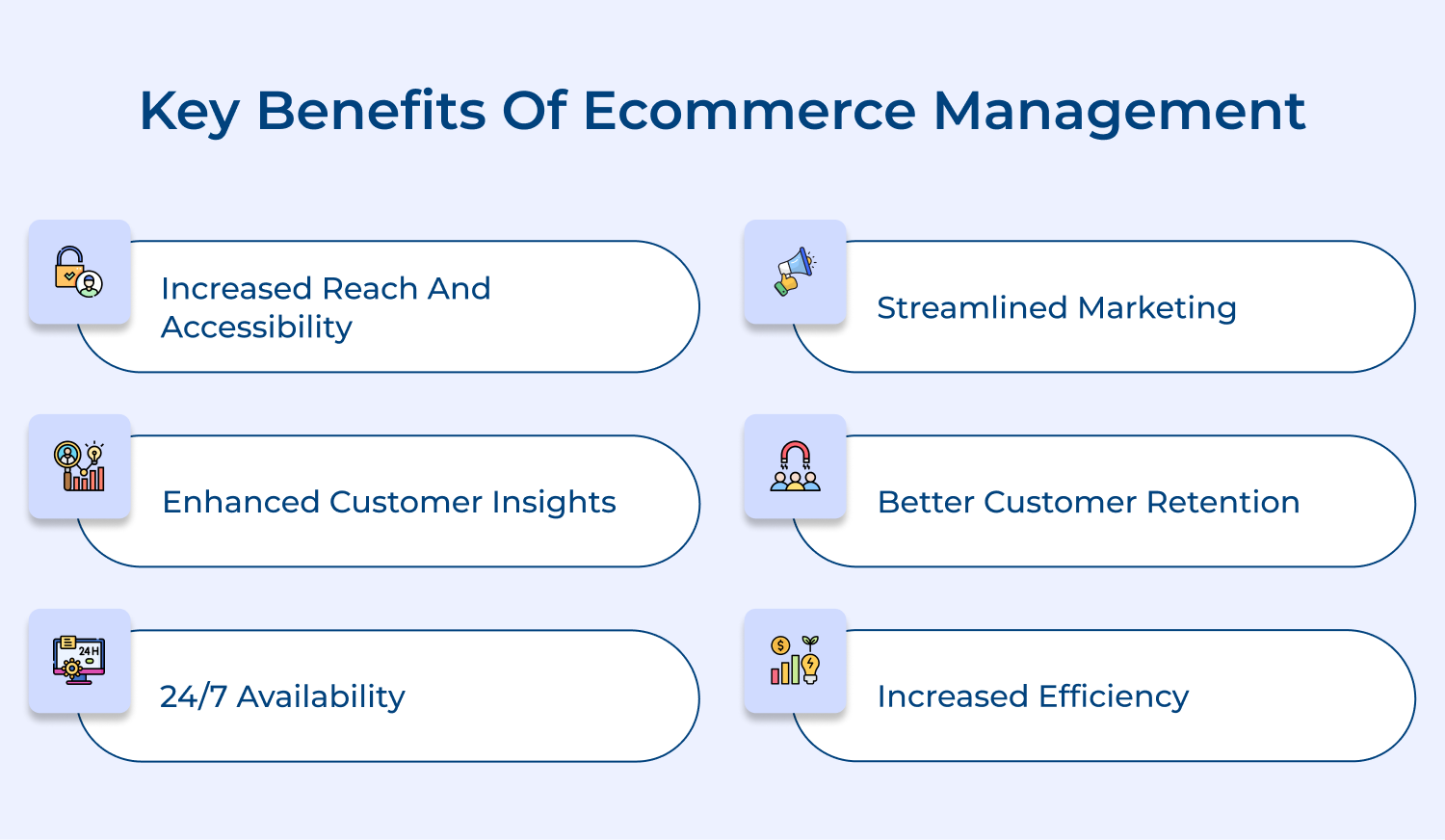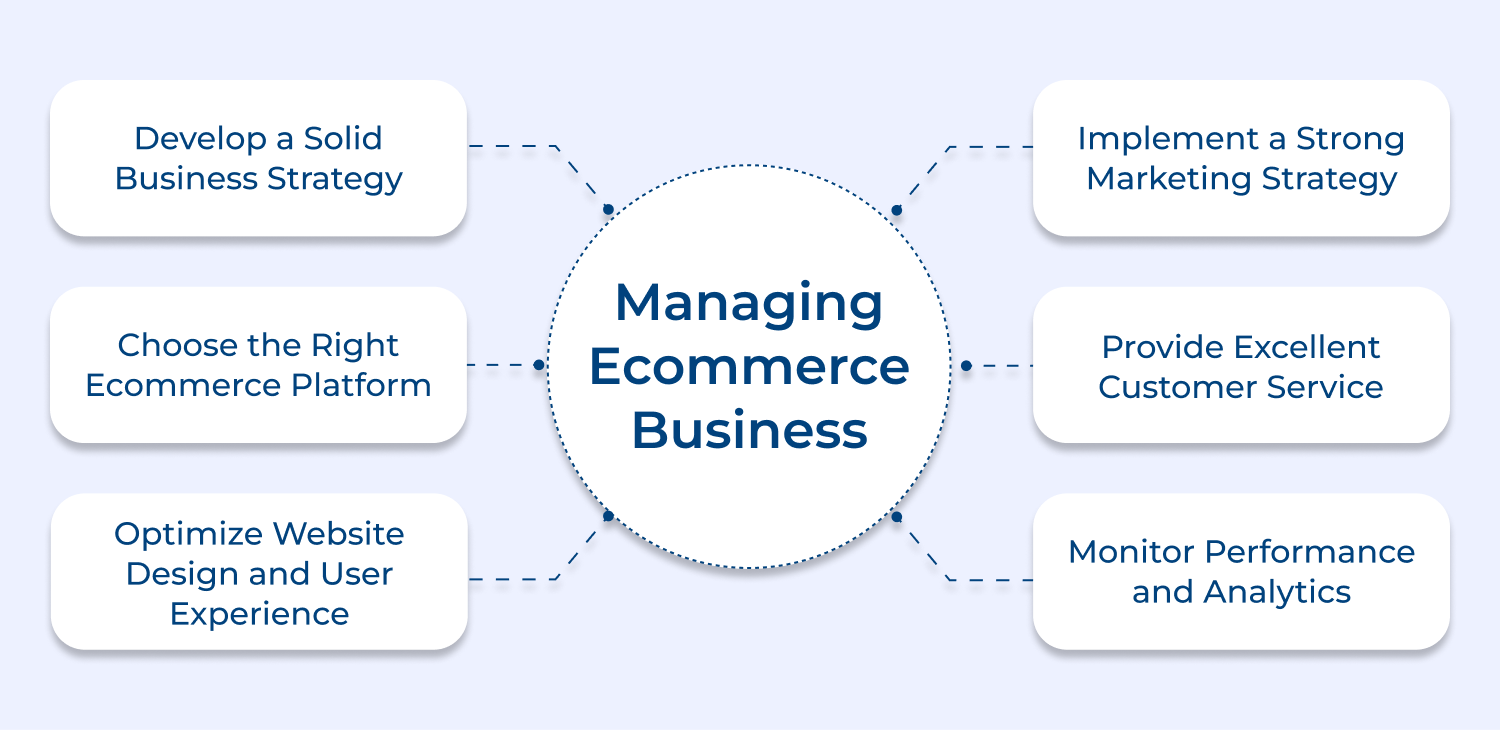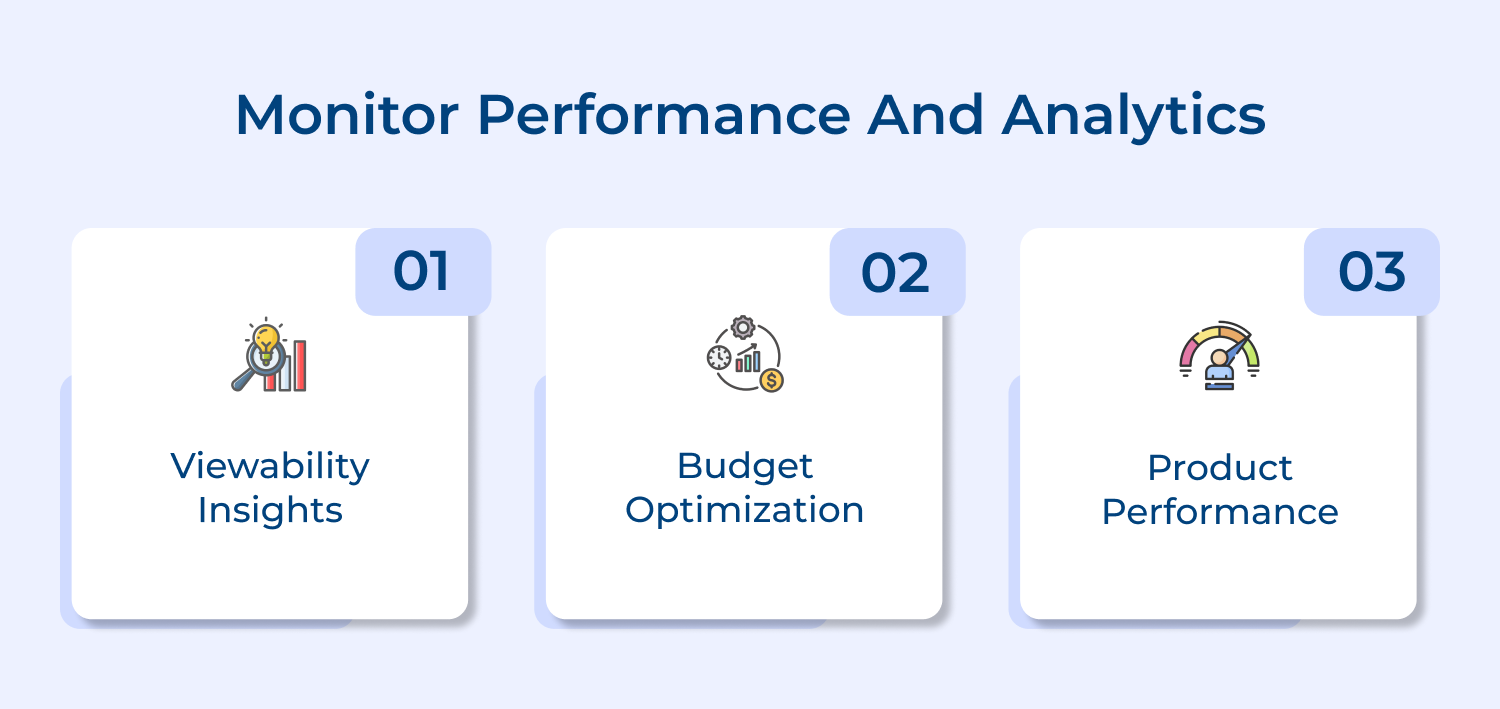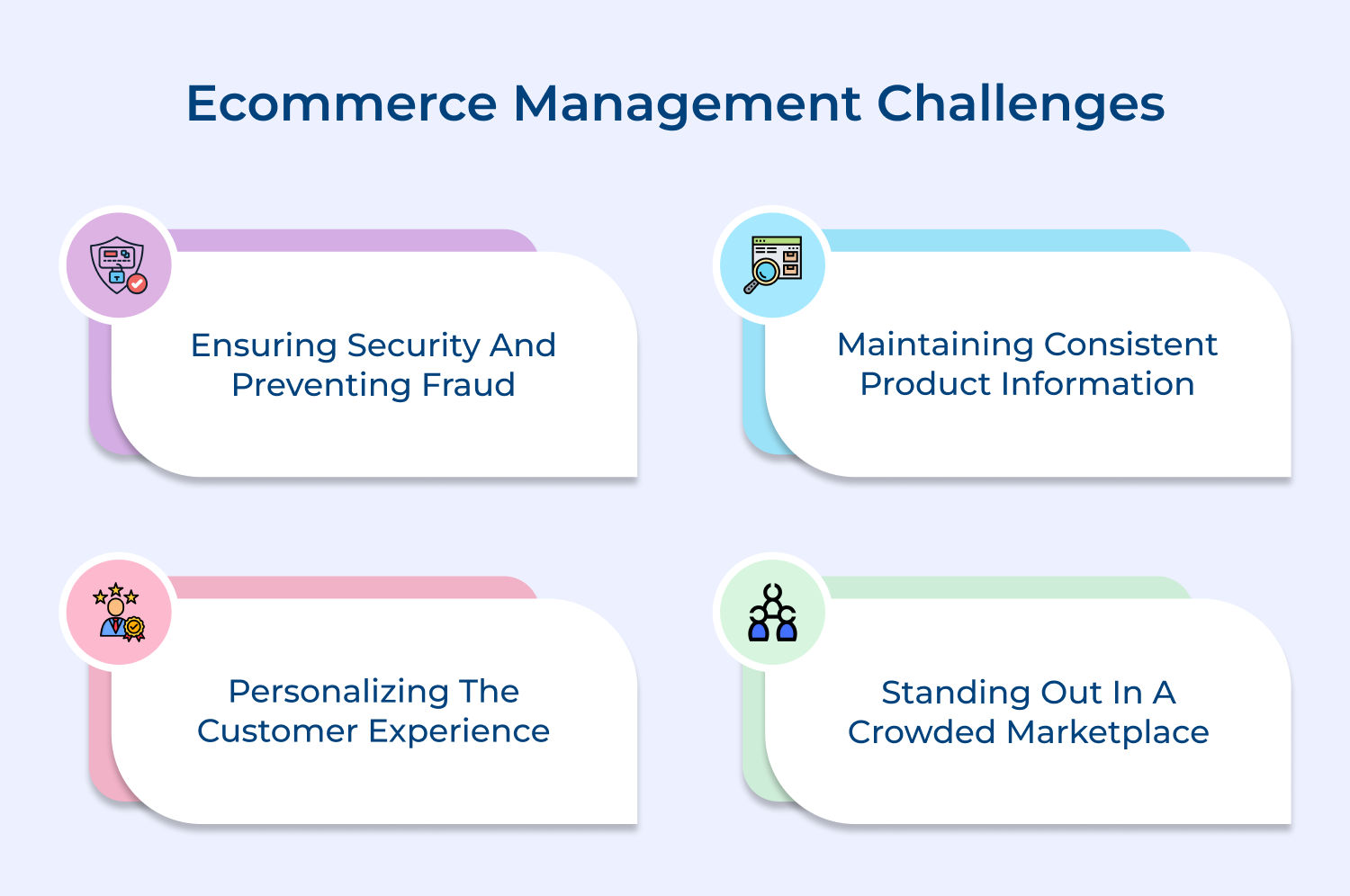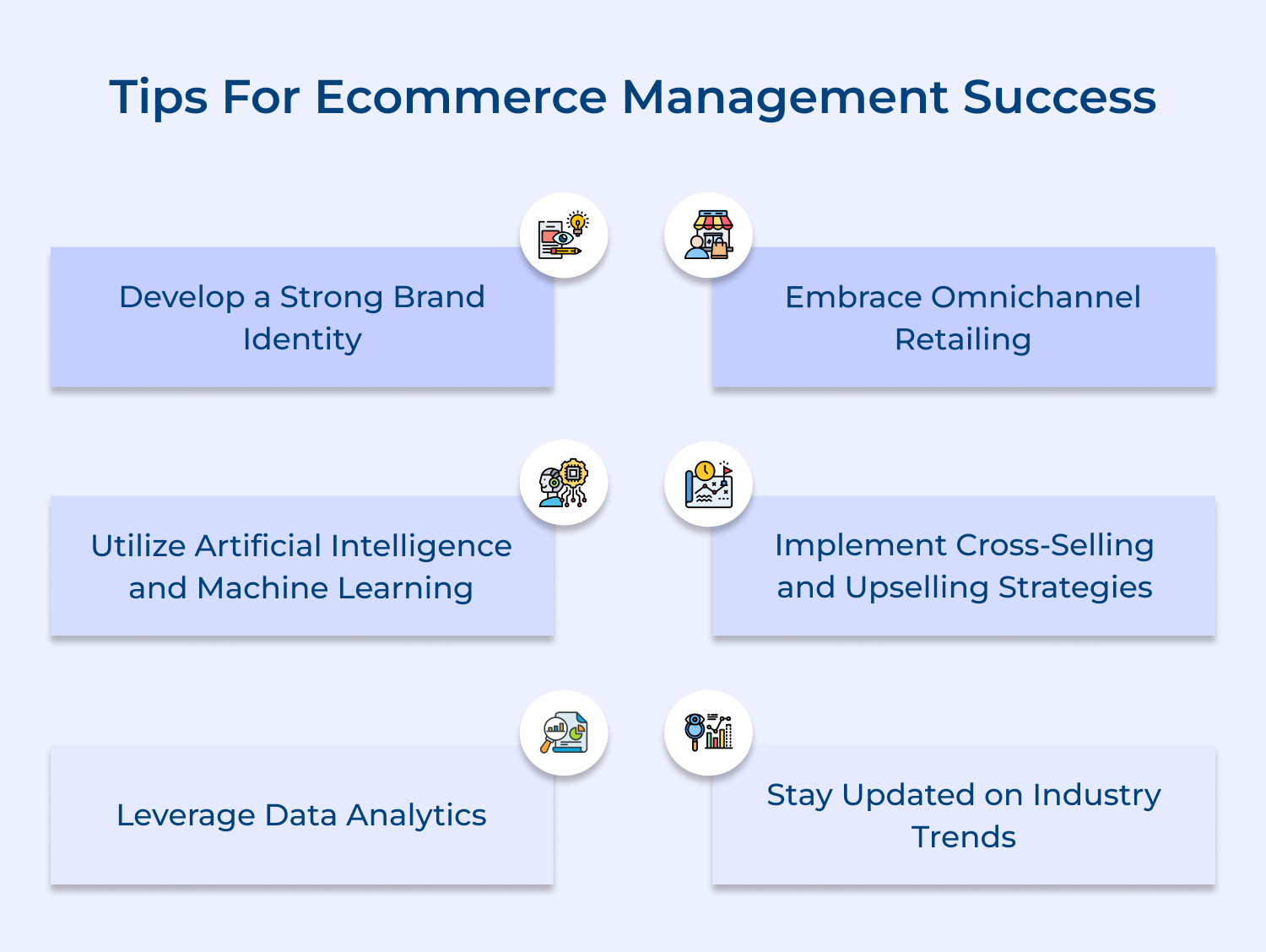Ensuring Website Security and Preventing Fraud
Challenge: Ecommerce businesses are prime targets for cybercriminals. Security breaches can result in stolen customer data, financial losses and damaged reputation. Fraudulent transactions, including chargebacks, can eat into profits. Maintaining robust security while providing a smooth user experience is a delicate balance for many online retailers.
Solution: Invest in a secure ecommerce platform and maintain PCI DSS compliance. Implement SSL certificates, two-factor authentication and regular security audits. Use fraud detection tools to flag suspicious transactions. Educate customers about online security best practices. Keep all software and plugins updated to patch potential vulnerabilities promptly.
Maintaining Consistent Product Information
Challenge: As businesses expand to multiple sales channels (e.g., website, marketplaces, social media), maintaining consistent product information becomes increasingly difficult. Inconsistencies in pricing, descriptions, or availability can lead to customer confusion, lost sales and damaged brand reputation. Manual updates across platforms are time-consuming as well as prone to errors.
Solution: Implement a centralized Product Information Management (PIM) system to serve as a single source of truth for all product data. Use automated tools to sync product information across all sales channels. Establish a standardized process for updating product information and assign clear responsibilities within your team. Regularly audit your product listings to ensure accuracy.
Personalizing the Customer Experience
Challenge: Customers increasingly expect personalized shopping experiences tailored to their preferences. However, delivering personalization at scale can be challenging, requiring sophisticated data analysis and implementation. Many ecommerce businesses struggle to effectively use customer data to create meaningful, personalized interactions without being intrusive.
Solution: Invest in a robust Customer Data Platform (CDP) to collect and unify customer data from various touchpoints. Implement AI-powered recommendation engines to suggest relevant products. Use segmentation to deliver personalized email campaigns and on-site experiences. Leverage behavioral data to create targeted promotions and content. Continuously test as well as refine your personalization strategies to improve effectiveness while respecting customer privacy.
Standing Out in the Marketplace
Challenge: The ecommerce landscape is highly competitive with numerous businesses vying for customers’ attention. Many online retailers struggle to differentiate themselves, especially when selling similar products to their competitors. This can lead to price wars and reduced profit margins as businesses compete solely on price.
Solution: Focus on developing a unique value proposition beyond just price. This could involve offering exceptional customer service, unique product bundles, or exclusive items. Develop a strong brand identity and storytelling to connect emotionally with customers. Leverage user-generated content as well as customer reviews to build trust. Continuously innovate in your product offerings, marketing strategies and customer experience to stay ahead of the competition.
Best Practices to Ensure Ecommerce Management Success
Effective ecommerce management requires a strategic approach and attention to detail. Here are the best practices to help you achieve success in your online business:

